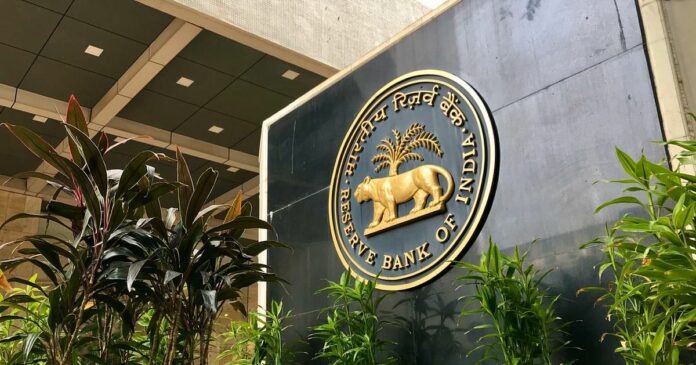As COVID-19 infections rise across the country, causing limitations in many areas and jeopardizing the country’s fragile recovery, many economists expect the RBI to postpone the policy normalization move that was predicted in the February review.
As of Wednesday morning, the country had reported a single-day increase of 58,097 new COVID-19 cases, the largest in nearly 199 days, of which 2,135 are Omicron instances.
After 81 days, the number of active cases surpassed 2 lakh, bringing the COVID toll to 4,82,551 with 534 daily fatalities.
Because the mounting Omicron instances are projected to trim 30 basis points off the March quarter GDP, Abheek Barua, the chief economist at HDFC Bank, feels the RBI’s monetary policy committee (MPC) would not proceed with policy normalization anytime soon.
In a note, Barua said that rate hike expectations will drop as growth slows, and the reverse repo hike forecast in February is also doubtful at this time. The central bank will continue to focus on liquidity normalization and yield capping, he added.
Tanvee Gupta-Jain, the chief economist at UBS Securities India, believes the central bank will remain in “wait-and-see mode” for a little longer.
If the risks associated with the new Omicron variety persist, adding to near-term uncertainty, we believe the MPC will remain in “wait-and-see” mode in February, delaying policy normalization until April, she said.
Icra Ratings chief economist Aditi Nayar, who shares similar views, believes the Reserve Bank would remain on hold for a long time due to the mounting dangers to the fragile economy.
Given the increase in COVID-19 cases and the tightening of restrictions, which has increased uncertainty, it is becoming increasingly unlikely that the RBI will begin the long-awaited policy normalization next month unless inflation shows a sharply negative surprise, which looks increasingly unlikely, according to Nayar.
Due to the third wave, Nayar cut down his Q4 growth projection by 40 basis points to 4.5-5 percent, but he kept his full-year GDP forecast at 9%, with moderate downside risks. Icra’s prediction was the lowest among the consensus figures, which ranged from 8.5 to 10%, with the RBI putting it at 9.5 percent.
Given the shaky state of the global economy and the US Federal Reserve’s previously announced tapering, these experts believe the rupee will face more pressure this year.
While Gupta-Jain expects the rupee to trade at 74-78 per dollar this year, Barua expects it to trade at 74-76. The rupee will be fragile due to the unfolding pandemic situation and the US Fed’s decision to hike rates this year and may trade in the 74-78 zone in 2022, according to Gupta-Jain.
Tightening global financial conditions as a result of the Fed’s tapering, as well as a 100 basis point jump in US 10-year real yields in 2022, are expected to make the road for the rupee more difficult, as the current account deficit expands and the outlook for equities flow dims.
Follow and connect with us on Facebook, LinkedIn & Twitter

